How to Hand Pollinate Squash: A Step-by-Step Guide
Introduction
Squash plants are a favorite among home gardeners. With their robust growth, delicious fruits, and relative ease of care, squash can be a rewarding plant to cultivate. However, one of the challenges many gardeners face is ensuring their squash plants are properly pollinated. If natural pollinators like bees aren’t doing the job, you may need to step in and hand pollinate squash to ensure a good harvest.
In this guide, I’ll walk you through everything you need to know about how to hand pollinate squash, why it’s sometimes necessary, and how to care for your squash plants throughout the growing season. Let’s dive in!

Why Hand Pollinate Squash?
Squash plants produce both male and female flowers, and for fruit to form, pollen must be transferred from the male flower to the female flower. In most cases, bees and other pollinators naturally perform this task. However, if you notice that your squash plants are flowering but not producing fruit, or if you live in an area with fewer pollinators, hand pollinating your squash may be necessary.
Here are some reasons why you might need to hand pollinate squash:
- Low Pollinator Activity: If your garden doesn’t attract enough bees or pollinators, the flowers may not get properly pollinated.
- Weather Conditions: Excessive heat, humidity, or rain can keep pollinators away during peak flowering times.
- Isolated Plants: If you’re growing squash in an area that’s isolated from other gardens or wild plants, natural pollination may be less effective.
By learning how to hand pollinate squash, you take control of the process and ensure a higher success rate for your crop.
How to Identify Male and Female Squash Flowers
Before you can hand pollinate squash, it’s important to understand the difference between male and female flowers. Thankfully, they’re easy to distinguish once you know what to look for.
- Male Flowers: Male flowers grow directly from the plant’s stem on long, thin stalks. They have a central stamen covered in pollen, which is the part you’ll collect for pollination. Male flowers typically bloom first, sometimes several days before the female flowers.
- Female Flowers: Female flowers grow closer to the plant’s base and have a tiny immature fruit (called an ovary) just behind the petals. This small fruit will only grow into a full squash if the flower is properly pollinated. Inside the female flower, you’ll find a stigma, which is where the pollen needs to be placed for successful fertilization.
Once you know how to identify the male and female flowers, you’re ready to hand pollinate squash.
How to Hand Pollinate Squash: Step-by-Step
Hand pollinating squash is a simple process, but it requires attention to timing and gentle handling of the flowers. Here’s how to do it:
Step 1: Gather Your Tools
You’ll need a few basic tools to hand pollinate squash:
- A small, soft brush (a paintbrush or cotton swab works well)
- Alternatively, you can use your fingers if you’re careful
- A keen eye to spot both male and female flowers
Step 2: Wait for the Right Time of Day
Squash flowers open in the morning and close by mid-afternoon, so it’s important to pollinate early in the day. Aim to hand pollinate squash in the morning when the flowers are fully open and fresh.
Step 3: Collect Pollen from the Male Flower
Once you’ve identified a male flower, gently use your brush or cotton swab to collect pollen from the stamen. The pollen will appear as a yellow dust, and it should stick to the bristles of the brush.
Alternatively, if you’re using your fingers, gently pinch the stamen and transfer the pollen directly. Be careful not to damage the flower in the process.
Step 4: Transfer Pollen to the Female Flower
Next, locate a female flower that’s open. Use the brush or your fingers to transfer the pollen from the male flower’s stamen to the female flower’s stigma. You’ll want to gently coat the stigma with pollen to ensure good contact.
Step 5: Repeat the Process
You can use pollen from one male flower to pollinate multiple female flowers. However, make sure to check your squash plants daily for new blossoms, as they only remain open for a short period.
Tips for Successful Hand Pollination
While hand pollinating squash is a straightforward process, there are a few tips that can help ensure success:
- Timing is Crucial: Flowers only stay open for a few hours each day, so aim to pollinate early in the morning when they are at their freshest.
- Be Gentle: The flowers are delicate, so use a soft brush and handle them carefully to avoid damaging them.
- Check for New Flowers Daily: Since squash plants produce flowers throughout the season, it’s important to check your plants daily and pollinate as needed.
- Pollinate Multiple Female Flowers: The more female flowers you successfully pollinate, the more fruit your plants will produce.
Caring for Your Squash Plants
Hand pollinating squash is just one part of growing a healthy crop. Proper care throughout the growing season is essential to ensure a bountiful harvest.
Watering
Squash plants need plenty of water, especially during the flowering and fruiting stages. Make sure to water deeply, at least once a week, providing about 1-2 inches of water. In hot, dry weather, you may need to water more frequently.
Fertilizing
Squash plants are heavy feeders, so they benefit from regular fertilization. Use a balanced fertilizer or compost at the time of planting, and continue to fertilize every 4-6 weeks during the growing season.
Mulching
Applying mulch around your squash plants can help retain moisture, regulate soil temperature, and suppress weeds. Organic mulches like straw, leaves, or grass clippings work well for squash plants.
Collecting Pollen: How to Do It Right
When you hand pollinate squash, collecting pollen is a key step. Here’s a more detailed look at how to properly collect and handle pollen for the best results:
- Use a Soft Brush: A small, soft-bristled paintbrush is ideal for collecting pollen without damaging the flower. Gently swipe the stamen of the male flower to collect the fine yellow powder.
- Store Pollen: If you have an abundance of male flowers but no female flowers ready to pollinate, you can store pollen for a short period. Keep it in a cool, dry place, and try to use it within 24 hours for the best results.
- Timing: Remember that pollen is most viable when collected from freshly opened male flowers in the morning.
Common Problems with Squash Pollination
Even with hand pollination, squash plants can sometimes struggle with pollination and fruit development. Here are a few common issues and how to address them:
Blossom Drop
If your squash plants are producing flowers that fall off without setting fruit, it could be due to poor pollination. Hand pollinate squash to ensure the flowers receive enough pollen.
Deformed Fruit
Squash that develops into small, misshapen fruits is often the result of incomplete pollination. Make sure you’re transferring enough pollen to the female flowers.
Lack of Pollinators
If you rely on natural pollination but have a low population of pollinators, consider planting companion plants like flowers that attract bees and butterflies to your garden.
How to Grow Squash from Seed
While hand pollinating squash ensures fruit development, starting with healthy plants is equally important. Growing squash from seed is a simple and rewarding process:
- Start Indoors or Direct Sow: Squash seeds can be started indoors 4-6 weeks before the last frost or directly sown in the garden once the soil is warm (at least 60°F).
- Planting Depth: Sow squash seeds about 1 inch deep in rich, well-drained soil.
- Spacing: Squash plants need room to grow, so space them 2-3 feet apart in rows that are 4-5 feet apart.
- Water and Care: Water regularly and mulch around the base of the plants to retain moisture.
You can even check out my blog post on additional easy vegetables you can grow in a pot
Common Pests and Diseases
Squash plants are susceptible to a few pests and diseases that can impact their growth and fruit production. Here are the most common ones to watch for:
Squash Vine Borers
These pests can tunnel into the stems of squash plants, causing them to wilt and die. Look for small holes at the base of the plant and treat with insecticides or cover the plants with row covers.
Powdery Mildew
This fungal disease causes white, powdery spots on the leaves of squash plants. To prevent it, ensure proper air circulation and avoid overhead watering.
Storing Squash for Future Harvests
After you’ve hand pollinated your squash and enjoyed a successful harvest, you’ll need to store your squash properly to enjoy it throughout the season.
- Cure Squash: If you’ve grown winter squash, cure it by letting it sit in a warm, dry location for about 10 days before storing it in a cool, dark place.
- Store in a Cool Area: Summer squash, like zucchini, can be stored in the fridge for up to a week. Winter squash, like butternut or acorn, can last for several months if stored properly.
Conclusion
Hand pollinating squash is a simple yet highly effective way to ensure your plants produce a healthy, bountiful harvest. Whether you’re struggling with low pollinator activity or want to maximize your squash production, taking control of the pollination process can make all the difference. With the steps outlined in this guide, you’ll have everything you need to hand pollinate squash successfully, care for your plants, and enjoy the fruits of your labor. Happy gardening!


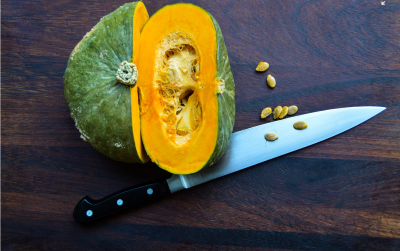
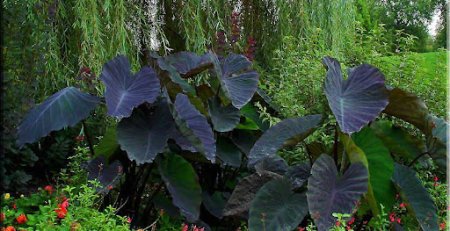
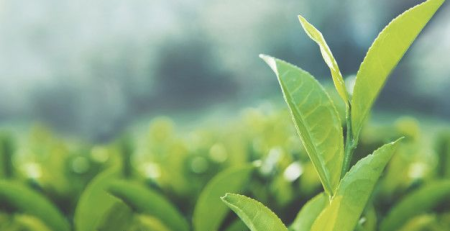
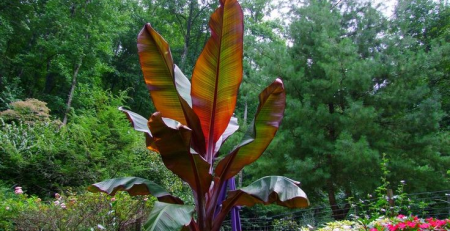
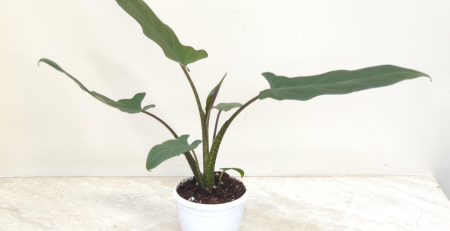
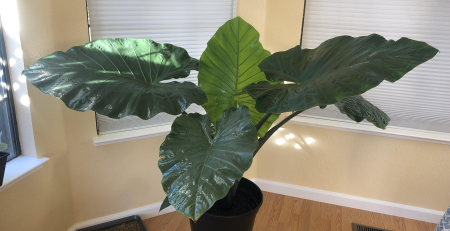
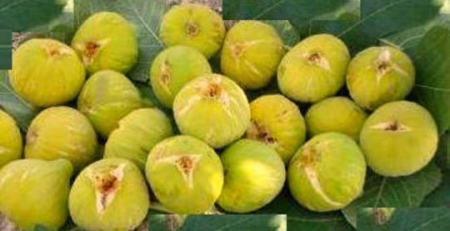


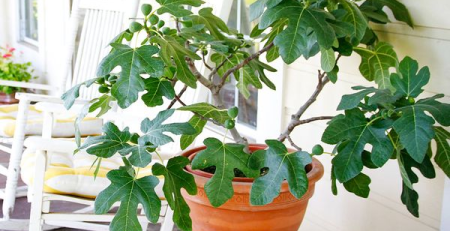
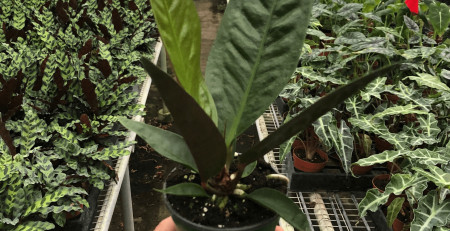
Leave a Reply